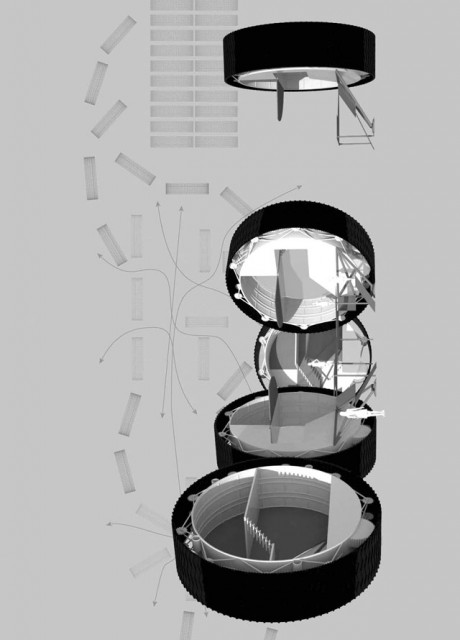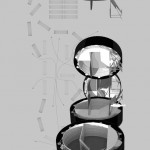Sheldon Pei
ARCH-4980.3 | Carla Leitao, Adjunct Professor
RECONSTITUTION OF THE OLYMPIC STADIUM
SHELDON PEI
In recent years, the stadia built for the Olympics or the World Cup are left unprepared for their legacy after their intended event. Most of the stadia are underused and soon labeled as “White Elephants” as they are accumulating more debt than they can pay off. In the cases, in which the stadia are prepared, and are successfully repurposed, they start to become more than just a sports venue programmatically.
Projecting into the future of 2016 Rio de Janerio summer Olympics can be used as an opportunity to help the local communities mainly the favelas. A current problem plaguing the favelas is the violence of drug traffickers but to be more specific, the exposure of it to teenagers. These kids grew up being constantly exposed to violence done by the traffickers, and having a lack of direction after they leave their mandated number of years of school, just simply join the violence and traffickers as the next logical step. There are programs that exist to curb against this, and are relatively successful but currently there are too few of them.
Using the Rio de Janerio Olympics as an opportunity serves as the beginning of a paradigm shift within the realm of stadia of not only being a sports venue but also including the needs and concerns of the local communities. This thesis is to rethink the stadium to be built and assembled as parts with the intention of being separate and mobile as it travels to different parts of the city to stimulate socio-economic growth.

